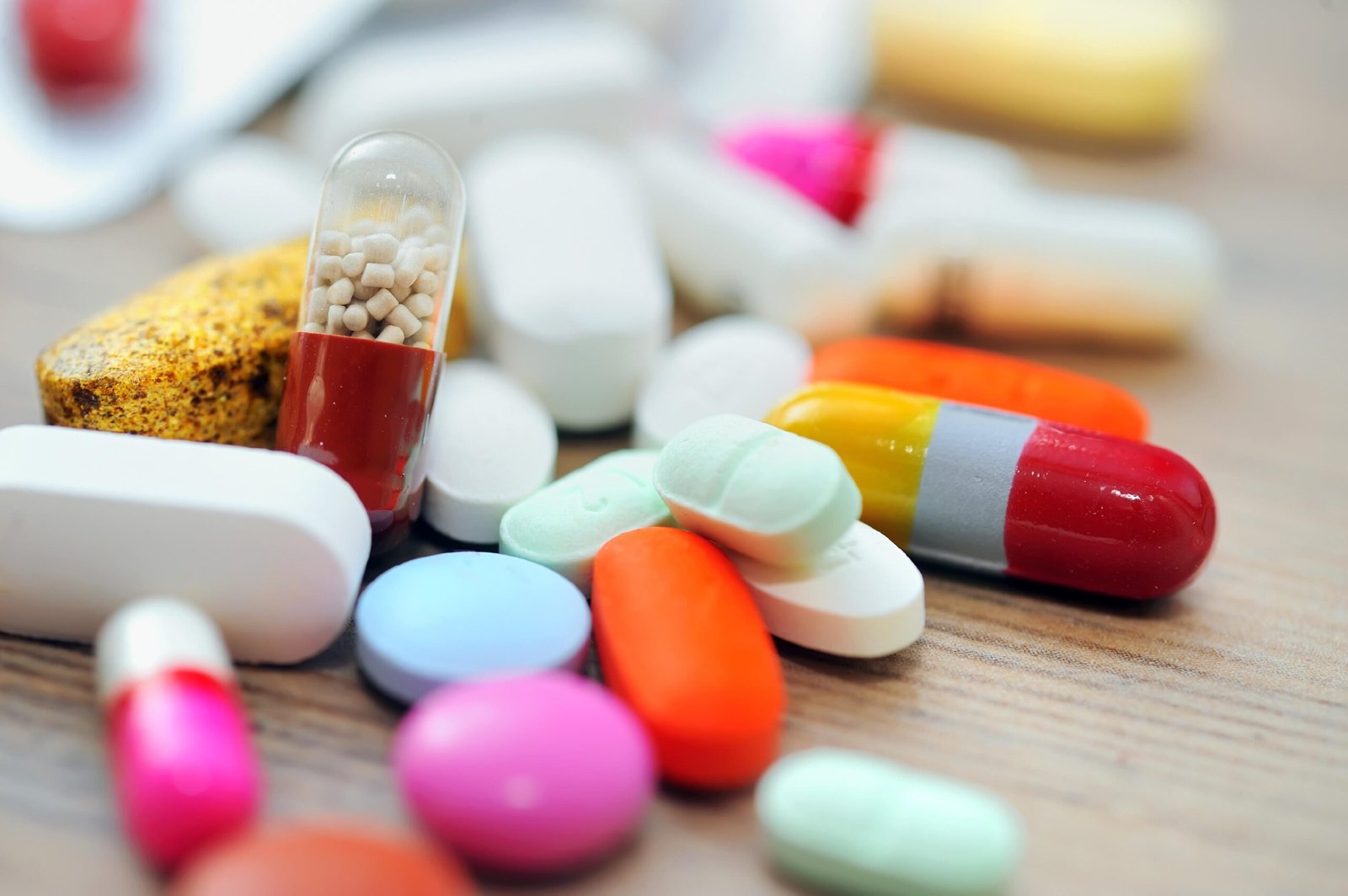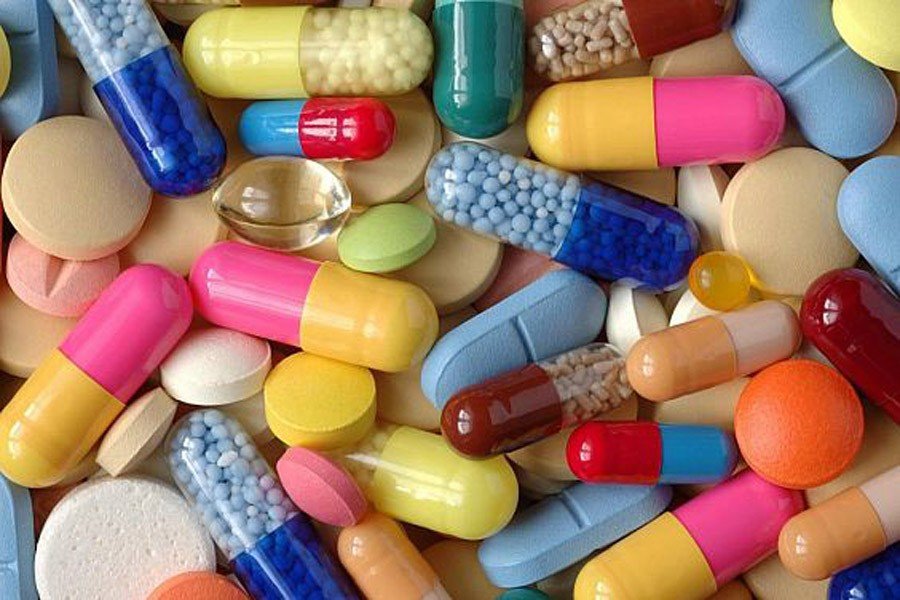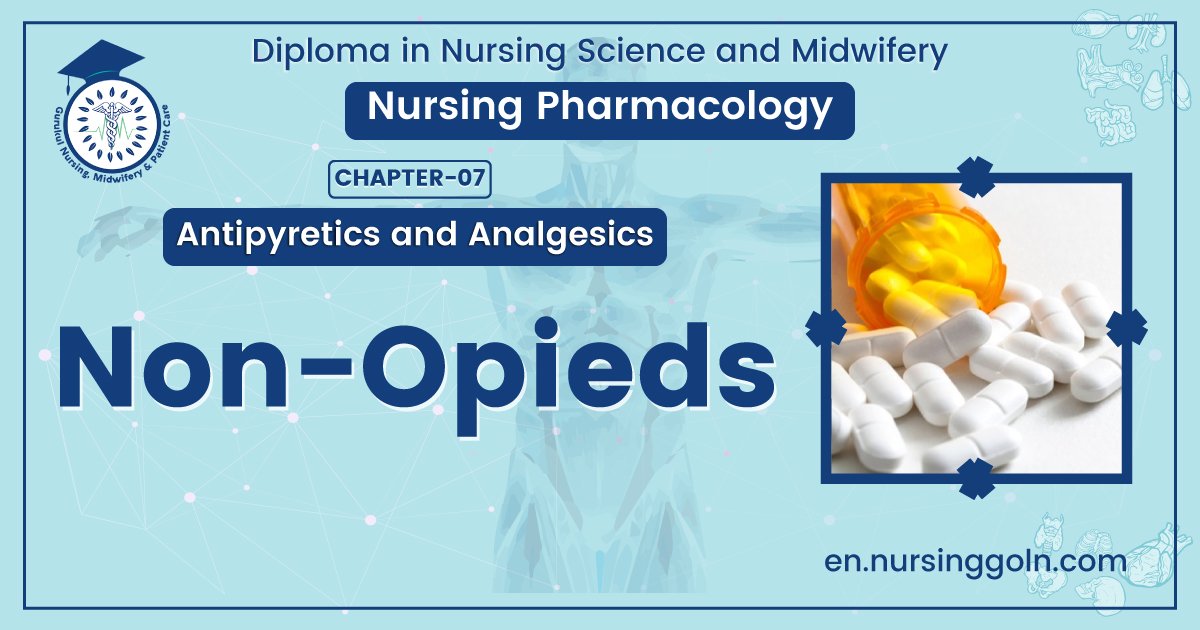Non Opieds – This book covers the entire syllabus of “Pharmacology” prescribed by BNMC- for a diploma in nursing science & midwifery students. We tried to accommodate the latest information and topics. This book is an examination set up according to the teachers’ lectures and examination questions.
At the end of the book, previous questions are given. We hope in touch with the book students’ knowledge will be upgraded and flourish. The unique way of presentation may make your reading of the book a pleasurable experience.
Non Opieds
Noscapine (Narcotine):
An opium alkaloid of the benzoisoquinoline series (see Ch. 34). It depresses cough but has no narcotic, analgesic or dependence inducing properties. It is nearly equipotent antitussive as codeine, especially useful in spasmodic cough. Headache and nausea occur occasionally as side effect. It can release histamine and produce bronchoconstriction in asthmatics.
Dose: 15-30 mg, children 2-6 years 7.5 mg, 6-12 years 15 mg.
Dextromethorphan:
A synthetic central NMDA (N-methyl D-aspartate) receptor antagonist; the d-isomer has antitussive action while /-isomer is analgesic. Dextromethorphan does not depress mucociliary function of the airway mucosa and is practically devoid of constipating action.Though considered nonaddicting, some drug abusers indulge in it. The antitussive action of dextromethorphan has been rated equivalent to codeine, but some clinical studies have found it to be no better than placebo.
Side effect: Dizziness, nausea, drowsiness; at high doses hallucinations and ataxia may occur. Dose: 10- 20 mg, children 2-6 years 2.5-5 mg, 6-12 years 5-10 mg. It is a common ingredient of many proprietary cough formulations (see antitussive combinations below).
Chlophedianol:
It is a centrally acting antitussive with slow onset and longer duration of action. Side effect: Dryness of mouth, vertigo, irritability.
Dose: 20-40 mg

Mechanism of action:
Acetaminophen inhibits PG synthesis by reversible inhibition of the enzyme cyclooxygenase mainly in the CNS (less in periphery).
Pharmacological action of Acetaminophen
1. Analgesic effect (very Good)
2. Anti-pyretic effect
3. No anti-platelets effects
4. Negligible anti-inflammatory effect
(Anti-inflammatory and anti-platelet actions action; but acetaminophen cannot inhibit the synthesis as aspirin does).

Side Effects/Adverse Effects of Antipyretics:
A. Early toxicity:
1. Nausea
2. Vomiting
3. Anorexia
4. Abdominal pain
B. Delayed toxicity:
1. Hepatic necrosis (most serious adverse effect(
2. Renal tubular necrosis
3. Hypoglycaemic coma
4. Pancytopenia
5. Leucopenia
6. Skin rash
7. Urticaria
Management of acute overdose of Antipyretics:
Treatment depends on the interval between overdose and presentation and on the plasma concentration of paracetamol.
1. Blood for paracetamol level should be taken immediately.
2. Gastric lavage (within 4 hours of ingestion)
3. Give antidote: acetylcysteine (IV).
4. Intravenous steroid and antihistamines to combat pseudo allergic reactions of acetyl- cysteine.
5. Monitoring of the therapy and liver damage by:
- Prothrombin time (INR)
- Serum creatinine
- Blood PH
A poor prognosis is indicated by on INR above 3, raised serum creatinine concentration or a blood PH below 7.3 recorded more than 24 hours after overdose.

If patient present >16 hours of overdose:
1. Maintain fluid and electrolytes balance,
2. maintain blood glucose level
3. Haemorrhage should be treated with fresh frozen plasma.
4. Haemoperfusion or liver transplantation.
Read more:
